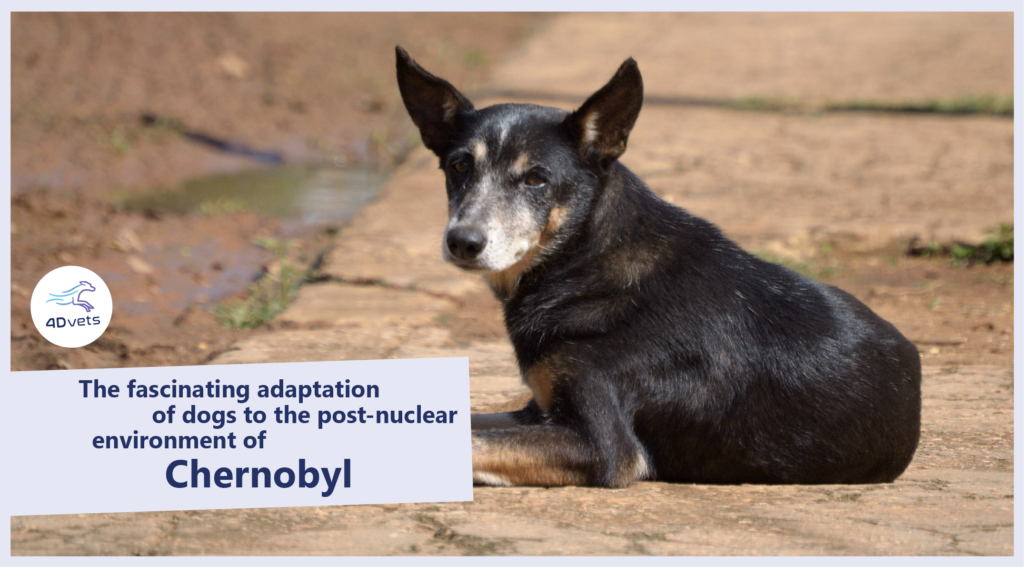
Ukraine – In the aftermath of the devastating nuclear disaster at Chernobyl, a peculiar story of adaptation amidst the devastated environment has emerged – the story of free-roaming dogs. They are likely descendants of surviving pets that lived through the evacuation and the government’s containment efforts. These dogs not only survived, but also created distinct populations with varying levels of radiation in the exclusion zone. A groundbreaking genetic study of 302 dogs, published in the prestigious journal Science Advances, takes a fascinating look at the evolution of these animals over 15 generations and could provide valuable insights into how mammals adapt to extreme environments.
The researchers behind the study took a close look at the DNA changes in the dogs and differentiated between purposeful and non purposeful, random, changes. This focus makes it possible to better understand the genetic adaptations that occurred during reproduction. The diversity of the populations and the different radiation exposures within the dogs provide insights into the dynamics of genetic evolution under extreme environmental conditions.
The findings could have far-reaching implications for our understanding of survival in challenging environments, not only on Earth but also under the high radiation levels of space. The greatest challenge of the field study is to differentiate the influencing factors: The genetic variations and adaptations can of course also be attributed to radioactivity – but food scarcity, inbreeding and other survival circumstances have a greater influence on the gene pool in some cases. If the differentiation is successful, the Chernobyl dogs could serve as an important step towards deciphering mechanisms that are crucial for the adaptation of living organisms to hostile environments.
It could provide a unique tool to assess the long-term consequences of the nuclear disaster on mammals.
So far, one thing seems clear from the study, which also examined frogs and other creatures: the disappearance of humans in the region has had a drastic impact, which is mostly positive for the natural diversity.
Overall, the study emphasises the amazing adaptability of living organisms and highlights the importance of genetic diversity in coping with environmental impacts. The Chernobyl dogs thus become symbols of an unexpected survival story and at the same time offer us important insights into the complex mechanisms of genetic adaptation under extreme conditions.
